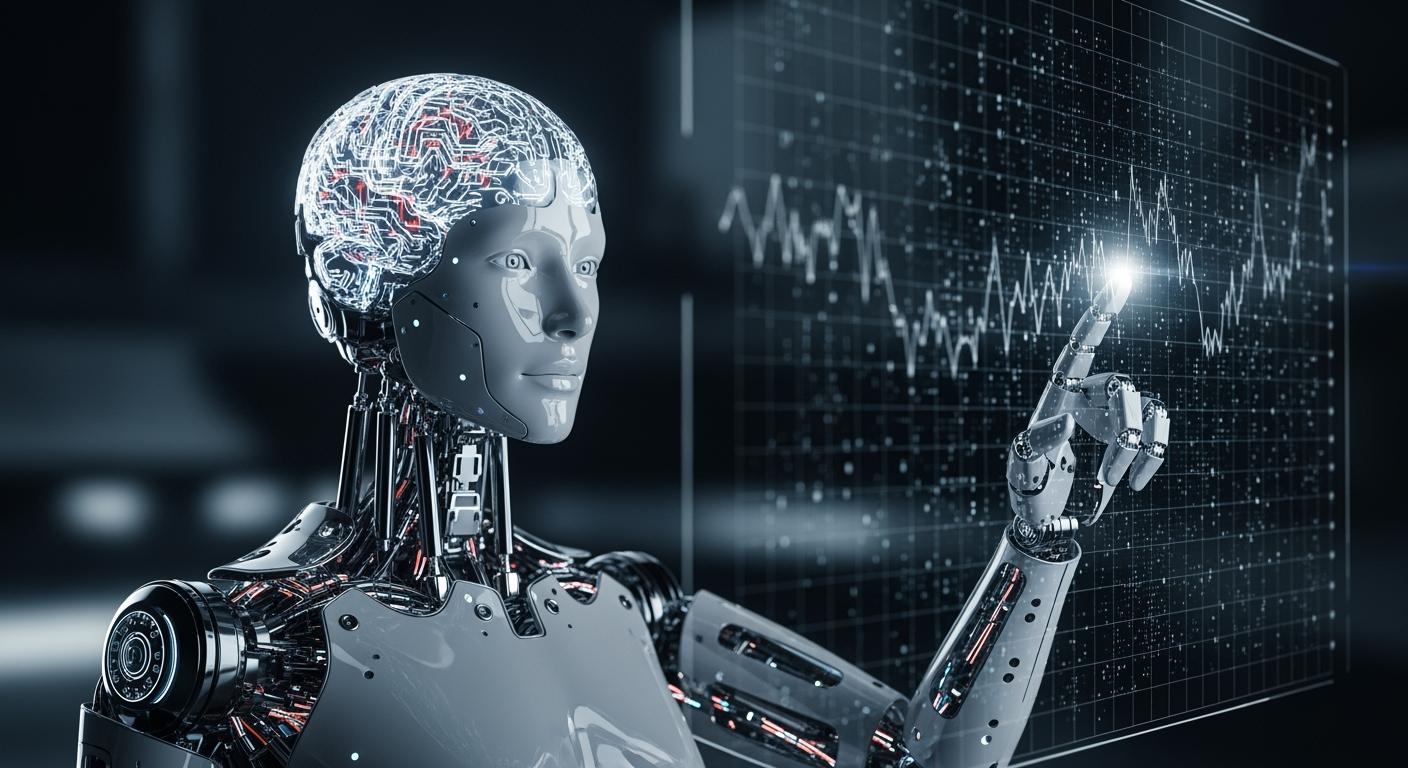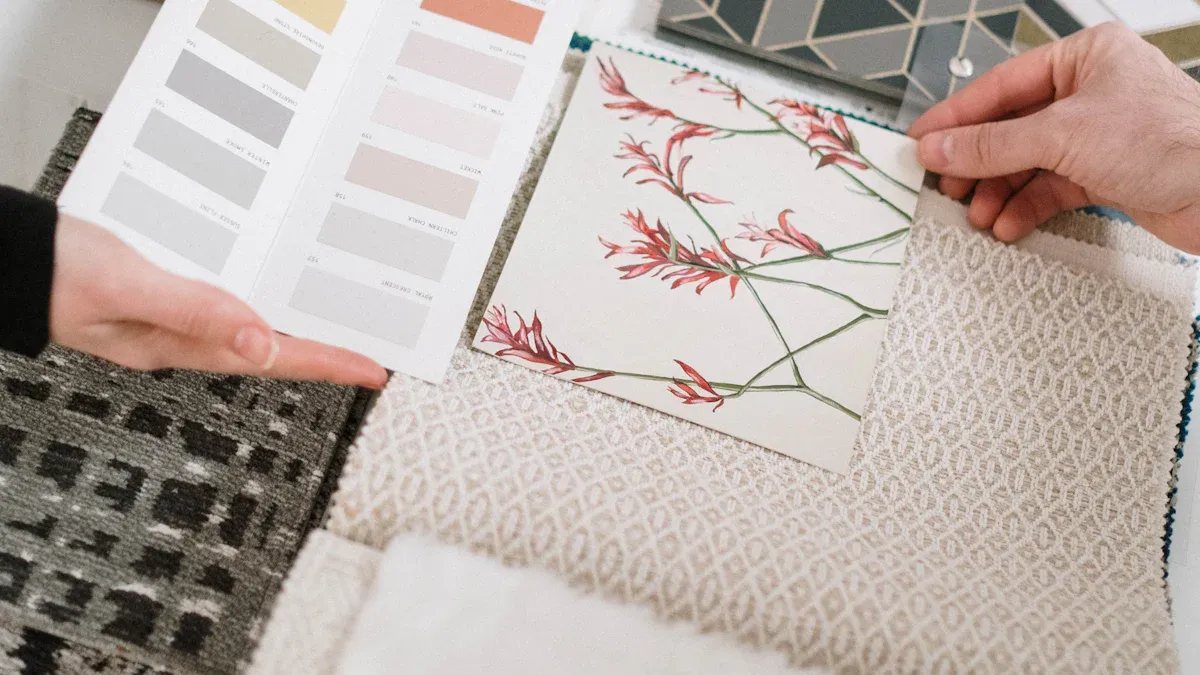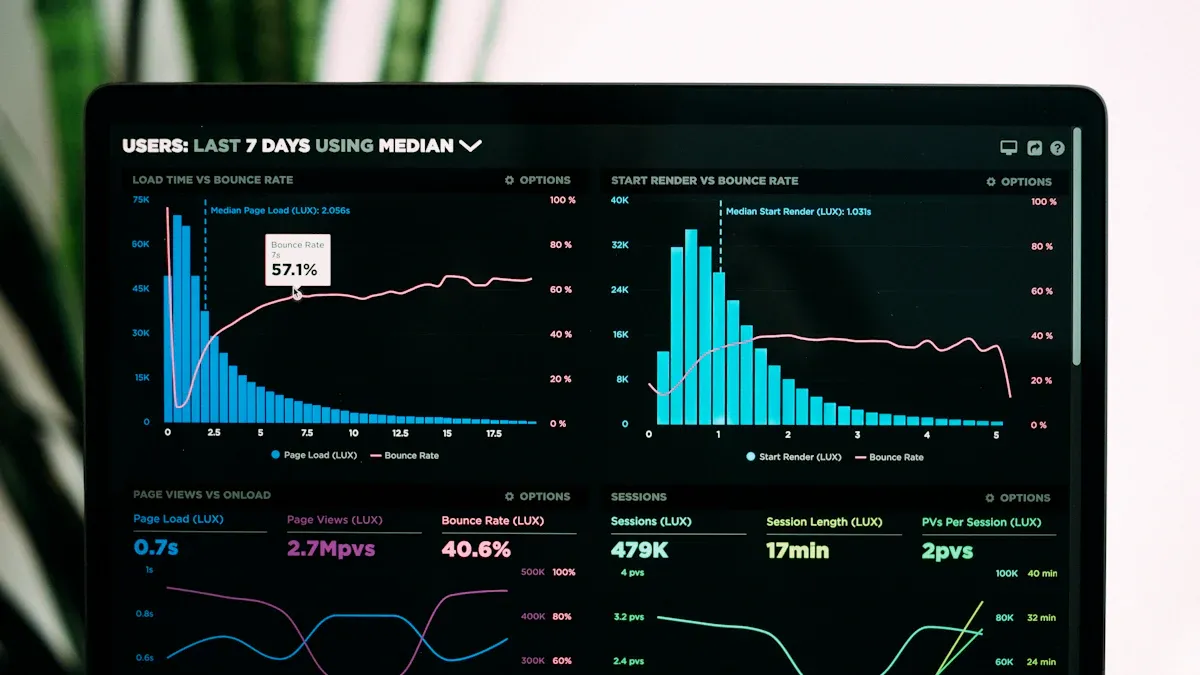
Traditional fashion trend forecasting is obsolete. The fashion industry now faces rapid fashion trends. AI is the only solution. AI is needed now. AI processes immense visual data from social media. This is crucial for fashion.
| Trend Type | Duration |
|---|---|
| Traditional Fashion Cycle | Up to 20 years |
| Modern Fashion Cycle | A few months |
| Micro-Trends | Only weeks |
AI is a strategic necessity for the industry. AI in the fashion industry turns data noise into predictive insights for design. AI enables real-time micro-trend detection. AI in the fashion industry powers agile forecasting. This AI trend helps fashion design. The industry needs this AI for forecasting. AI in the fashion industry is key for fashion design and forecasting. AI in the fashion industry offers better forecasting. The future of fashion is AI.
The Limits of Traditional Fashion Trend Forecasting

The old methods of fashion trend forecasting are failing the modern fashion industry. The industry once followed a predictable, top-down cycle. This system is now broken. Brands need a new approach for forecasting. AI offers this new approach. The fashion industry needs AI for better forecasting. This fashion trend forecasting is essential.
The Collapse of the Top-Down Cycle
The traditional fashion cycle has collapsed. Several factors caused this major shift. This makes old fashion trend forecasting methods useless. The industry needs AI for accurate forecasting.
- Social media platforms create and kill a fashion trend overnight.
- New design technologies help brands make fashion items much faster.
- The COVID-19 pandemic accelerated many fashion trends.
- Internet culture and personal expression now shape every new trend.
The Challenge of Data Overload
Today's fashion world produces a huge amount of data. Social media creates millions of images and videos daily. This unstructured data is impossible for humans to analyze. Manual trend forecasting cannot handle this volume. The industry needs AI for this data. AI can process this information quickly. AI provides the only solution for effective forecasting. This forecasting helps the fashion industry understand the next big trend. Without AI, this data is just noise. AI makes forecasting possible.
The High Cost of Missed Trends
Missing a fashion trend is very expensive. A wrong forecasting decision can ruin a brand. Many companies have suffered from poor fashion trend forecasting. Their failure shows the risk of slow trend forecasting. AI helps avoid these costly mistakes. AI improves fashion trend forecasting.
- Tommy Hilfiger lost significant sales when its fashion fell out of favor with its main customers.
- Wet Seal saw its stock price plummet when its style became unpopular and it could not compete with fast fashion.
- American Apparel declined as consumer habits changed, showing the danger of ignoring new trends.
This industry cannot afford such errors. Accurate forecasting is a requirement for survival. AI provides the necessary speed for modern fashion trend forecasting.
How AI Powers Real-Time Micro-Trend Detection

Traditional methods cannot keep up with the speed of modern fashion. AI technologies, however, process huge amounts of unstructured data from many sources. This capability is essential for real-time micro-trend detection. AI in the fashion industry turns chaotic online content into clear, actionable insights. It gives brands the power to see a new trend as it forms. This trend forecasting technology is changing the entire industry.
Analyzing Visual Data with Computer Vision
AI uses computer vision to see and understand fashion. This technology analyzes millions of images and videos from platforms like TikTok and Instagram. It identifies specific clothing items, styles, and attributes automatically. This process gives brands a detailed view of what consumers are wearing right now. The AI in fashion industry uses several advanced methods for this visual trend analysis.
- Core Technologies: AI employs Convolutional Neural Networks (CNNs) to extract visual features from images. These networks learn to recognize patterns, colors, and shapes.
- Object Detection: Algorithms like YOLO and R-CNN locate specific fashion items within an image. They can tell the difference between a handbag, a jacket, and a pair of sneakers.
- Segmentation: AI can precisely outline each piece of clothing on a person. This helps it understand how items are styled together.
- Feature Extraction: The technology converts visual information into machine-readable data. It analyzes everything from color histograms to complex style embeddings.
For example, Unilever used an AI platform to analyze its past campaigns. The AI categorized themes and styles from videos and images. This helped the company understand cultural trends. Similarly, Vue.ai uses computer vision to analyze product images, which helps provide personalized fashion recommendations and increase sales. This AI use in fashion is a powerful tool for predicting fashion trends.
Predicting Trend Lifecycles with Machine Learning
After identifying a potential trend, AI uses machine learning to predict its future. These algorithms analyze historical data to forecast a trend's lifecycle. They can estimate how long a trend will last and when it will reach peak popularity. This trend prediction capability helps the fashion industry make smarter design and production decisions. The AI considers many data points for predicting fashion trends.
- Social Media Signals: AI tracks hashtags, challenges, and influencer posts on Instagram and TikTok.
- Sales and Search Data: Algorithms study online sales, product demand, and web search trends to measure interest.
- Runway and Street Style: AI analyzes runway collections and street style photos to spot emerging silhouettes and colors.
- Consumer Sentiment: Natural Language Processing (NLP) analyzes text from comments and reviews. This helps the AI understand the feelings and motivations behind a fashion trend.
A key innovation in this area is geo-fashion mapping. AI analyzes geotagged images and regional sales data to identify local micro-trends. This trend forecasting technology allows brands to see how a fashion trend spreads from one city to another. It can track a trend's velocity and popularity by region, offering granular insights for targeted marketing. This data helps the industry understand a trend on a global and local level.
Achieving Real-Time, Agile Analysis
The biggest advantage of AI is speed. Traditional trend forecasting takes weeks or months. AI provides insights in near-real-time. This speed allows brands to operate with incredible agility. They can respond to a new trend as it happens, not months after it has peaked.
| Method | Analysis Speed | Reporting Cycle |
|---|---|---|
| Traditional Forecasting | Slow, manual process | 3-4 Weeks |
| AI-Driven Analysis | Automated, near-instant | 1-2 Days |
This speed is possible because AI continuously monitors data streams. Tools like Brandwatch and Talkwalker track millions of social media posts and web sources every day. Their AI algorithms use pattern recognition and predictive analytics to spot emerging trends instantly. This allows a fashion brand to pivot its strategy quickly. Several leading brands in the fashion industry already use AI to power agile workflows.
- Zara uses an AI system to track sales and demand across its stores, enabling it to restock popular items in days.
- Nike implemented an AI feature called 'Nike Fit' that scans users' feet to recommend the correct shoe size, improving customer satisfaction.
- Tommy Hilfiger collaborated with IBM to use AI for design inspiration. The AI analyzed thousands of images, reducing the design-to-sample cycle time by about 30%.
These examples show how AI in the fashion industry is not just a concept; it is a practical tool for success. By embracing AI for micro-trend detection, brands can move faster, reduce waste, and connect more deeply with their customers. The AI provides the data and insights needed to thrive in the modern fashion landscape.
The Impact of AI in the Fashion Industry
The AI in fashion industry delivers real business results. It transforms trend detection into profitable actions. AI provides the tools for smarter design, less waste, and better customer connections. This technology is reshaping how the fashion industry operates. The AI use in fashion creates tangible value for brands.
Data-Driven Design and Development
AI gives designers powerful insights for creating new products. The technology analyzes data to guide the creative process. This leads to data-driven decisions in design. The AI in fashion industry helps brands make clothes that customers actually want. This AI use in fashion makes the design process more efficient.
- Tommy Hilfiger uses AI to analyze fashion trends and suggest design elements. This helps its team create customer-focused products.
- Adidas employs AI to predict customer preferences. This allows for proactive design and even customization at a large scale.
- Stitch Fix uses AI for personalized styling. Its algorithms process client data to make initial clothing selections, which human stylists then refine. This approach to design and personalization is very effective.
The AI in fashion industry translates raw data into clear design recommendations. This AI provides insights that empower creative teams. The AI in fashion industry helps with every design step.
Accurate Demand Forecasting to Reduce Waste
The fashion industry has a major waste problem. Each year, companies produce 92 million tonnes of textile waste. Accurate forecasting with AI directly fights this issue. Better forecasting means brands make only what they need. This reduces overproduction and protects the environment. The AI in fashion industry makes the industry more sustainable.
AI forecasting analyzes real-time sales data and emerging trends. This allows for precise inventory management. For example, ZARA leverages AI for trend prediction and forecasting. The system helps the company decide production quantities based on predicted demand. This AI approach to forecasting reduces costs and minimizes waste. The AI in fashion industry offers superior forecasting for the entire industry. This AI forecasting is essential for a modern fashion business.
Personalized Marketing and Merchandising
AI enables a new level of personalization in fashion retail. The AI in fashion industry helps brands understand consumer behavior on a deep level. It identifies small customer groups driving a new trend. This allows for hyper-targeted marketing and personalized styling. The AI in fashion industry creates unique experiences for every shopper.
This personalization takes many forms. AI can power virtual try-on tools, allowing customers to see how clothes look without wearing them. This virtual try-on feature improves online shopping. AI also delivers personalized product recommendations. It analyzes browsing history to suggest items a customer will love. This personalization builds loyalty. The AI in fashion industry uses data to improve the customer journey through personalization. This focus on personalization and virtual try-on is changing fashion.
Relying on old fashion trend forecasting is a major business risk. The fashion industry faces unsold stock and waste with slow forecasting. AI solves these problems. AI processes huge data volumes for real-time micro-trend detection. This AI in fashion industry capability makes fashion trend forecasting accurate. The future of fashion is a partnership. AI gives designers data to support their creative design. This AI in fashion industry approach enhances fashion design. The AI in fashion industry empowers the industry's design teams. This AI trend forecasting helps the fashion industry. AI is a tool for better fashion design and forecasting. The AI in fashion industry makes this trend forecasting possible. This AI is key for fashion design and micro-trend detection.
FAQ
How does AI help fashion designers?
AI gives designers data on new trends. The AI analyzes images and text from social media. This AI helps the fashion industry create popular items. The AI does not replace creativity; it supports it. This AI is a valuable tool for the fashion industry.
Can small fashion brands use AI?
Yes, small fashion brands can use AI. Many AI tools are affordable and accessible. This AI technology helps them compete with larger companies. The fashion industry sees more small brands adopting AI. This AI helps the entire fashion industry grow.
What is the main benefit of AI in the fashion industry?
The main benefit of AI is speed. AI spots trends much faster than people can. This speed helps the fashion industry reduce waste. Better forecasting from AI saves money. This AI makes the fashion business more efficient.
See Also
AI's Role in Managing Rapidly Spreading Fast Fashion Trends
Leveraging Machine Learning to Forecast Fashion Trends and Drive Sales Growth
Predicting Future Demand: AI and Data-Driven Insights for 2025
Is Your Artificial Intelligence Actively Analyzing Social Media Conversations?
Revolutionizing Fashion Retail: Dynamic Safety Stock AI's 2025 Strategy